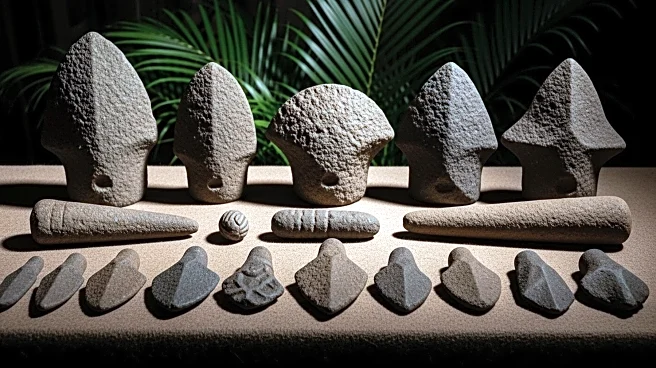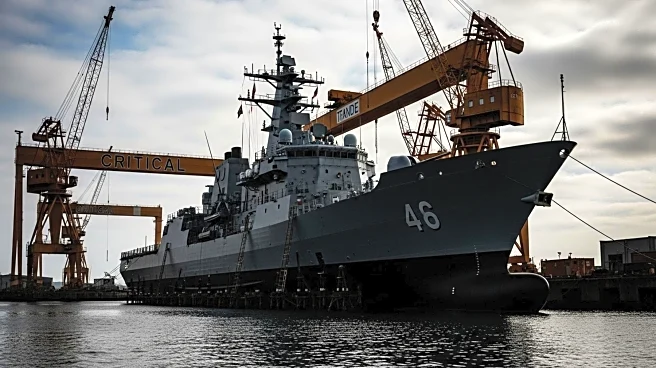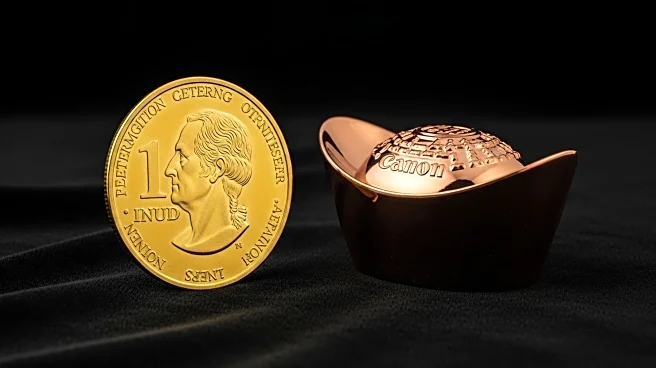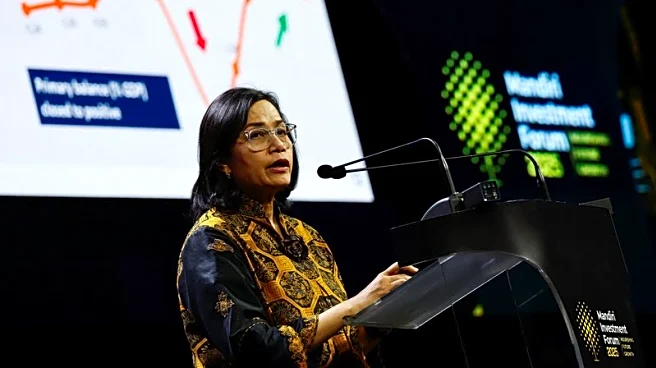What's Happening?
Griffith University researchers have discovered stone tools dating back at least 1.04 million years on the Indonesian island of Sulawesi. The tools, found at the Early Pleistocene site of Calio, suggest early hominins made a major deep-sea crossing to reach the island. The discovery adds to evidence of hominin occupation in the region, known as Wallacea, and raises questions about the identity of the tool-makers.
Why It's Important?
The discovery of ancient tools on Sulawesi provides valuable insights into the movement and activities of early hominins. It challenges previous assumptions about the timeline of human migration and adaptation in Southeast Asia. Understanding the identity and behavior of these early tool-makers could shed light on the evolutionary history of humans and their interactions with the environment.
What's Next?
Further research is needed to uncover hominin fossils at the Calio site, which could provide more information about the tool-makers' identity. Scientists may explore the implications of the discovery for understanding human evolution and migration patterns. The findings could lead to new theories about the development of early human societies and their technological advancements.














